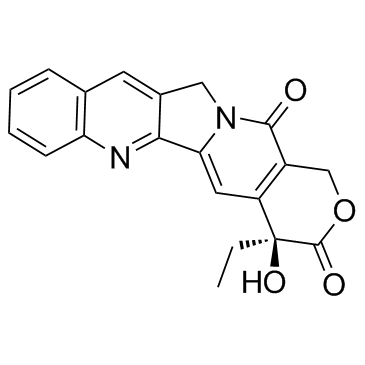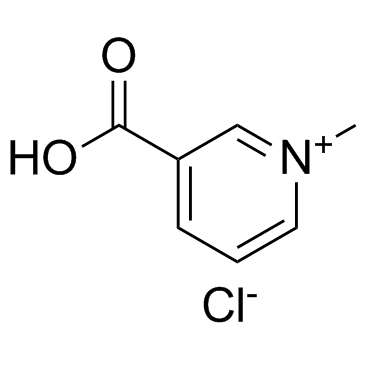| Structure | Name/CAS No. | Articles |
|---|---|---|
 |
Campathecin
CAS:7689-03-4 |
|
 |
Trigonelline chloride
CAS:6138-41-6 |